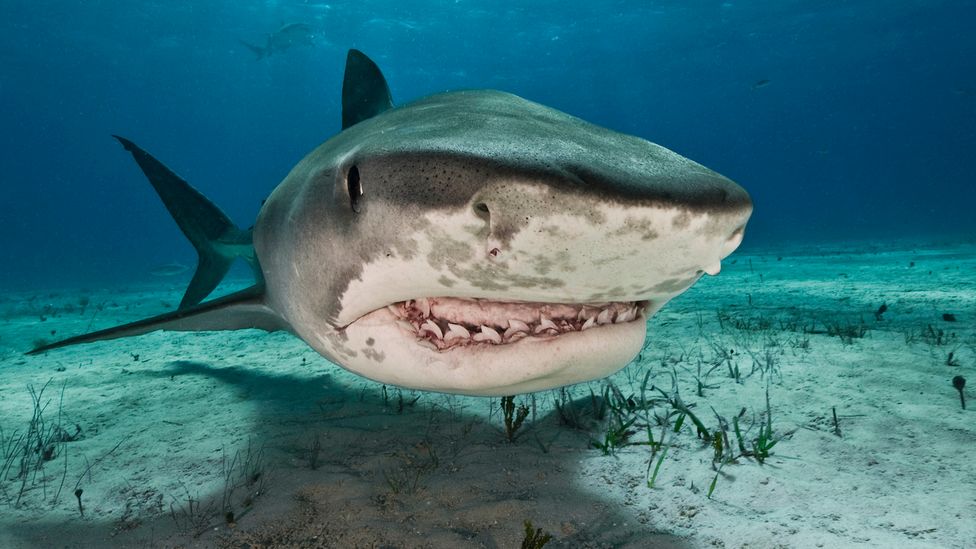After extending the COP26 climate negotiations an extra day, nearly 200 countries meeting in Glasgow, Scotland, adopted on Saturday an outcome document that, according to the UN Secretary-General, “reflects the interests, the contradictions, and the state of political will in the world today”.
The outcome document, known as the Glasgow Climate Pact, calls on 197 countries to report their progress towards more climate ambition next year, at COP27, set to take place in Egypt.
The outcome also firms up the global agreement to accelerate action on climate this decade.
However, COP26 President Alok Sharma struggled to hold back tears following the announcement of a last-minute change to the pact, by China and India, softening language circulated in an earlier draft about “the phase-out of unabated coal power and of inefficient subsidies for fossil fuels”. As adopted on Saturday, that language was revised to “phase down” coal use.
Mr. Sharma apologized for “the way the process has unfolded” and added that he understood some delegations would be “deeply disappointed” that the stronger language had not made it into the final agreement.
By other terms of the wide-ranging set of decisions, resolutions and statements that make up the outcome of COP26, governments were, among other things, asked to provide tighter deadlines for updating their plans to reduce emissions.
On the thorny question of financing from developed countries in support of climate action in developing countries, the text emphasizes the need to mobilize climate finance “from all sources to reach the level needed to achieve the goals of the Paris Agreement, including significantly increasing support for developing country Parties, beyond $100 billion per year”.
Other key COP26 achievements
Beyond the political negotiations and the Leaders’ Summit, COP26 brought together about 50,000 participants online and in-person to share innovative ideas, solutions, attend cultural events and build partnerships and coalitions.
The conference heard many encouraging announcements. One of the biggest was that leaders from over 120 countries, representing about 90 per cent of the world’s forests, pledged to halt and reverse deforestation by 2030, the date by which the Sustainable Development Goals (SDGs) to curb poverty and secure the planet’s future are supposed to have been achieved.
There was also a methane pledge, led by the United States and the European Union, by which more than 100 countries agreed to cut emissions of this greenhouse gas by 2030.
Meanwhile, more than 40 countries – including major coal-users such as Poland, Vietnam and Chile – agreed to shift away from coal, one of the biggest generators CO2 emissions.
The private sector also showed strong engagement with nearly 500 global financial services firms agreeing to align $130 trillion – some 40 per cent of the world’s financial assets – with the goals set out in the Paris Agreement, including limiting global warming to 1.5 degrees Celsius.
Also, in a surprise for many, the United States and China pledged to boost climate cooperation over the next decade. In a joint declaration they said they had agreed to take steps on a range of issues, including methane emissions, transition to clean energy and decarbonization. They also reiterated their commitment to keep the 1.5C goal alive.
Regarding green transport, more than 100 national governments, cities, states and major car companies signed the Glasgow Declaration on Zero-Emission Cars and Vans to end the sale of internal combustion engines by 2035 in leading markets, and by 2040 worldwide. At least 13 nations also committed to end the sale of fossil fuel powered heavy duty vehicles by 2040.
Many ‘smaller’ but equally inspiring commitments were made over the past two weeks, including one by 11 countries which created the Beyond Oil and Gas Alliance (BOGA). Ireland, France, Denmark, and Costa Rica among others, as well as some subnational governments, launched this first-of-its kind alliance to set an end date for national oil and gas exploration and extraction.
A quick refresher on how we got here
To keep it simple, COP26 was the latest and one of the most important steps in the decades long, UN-facilitated effort to help stave off what has been called a looming climate emergency.
In 1992, the UN organized a major event in Rio de Janeiro called the Earth Summit, in which the UN Framework Convention on Climate Change (UNFCCC) was adopted.
In this treaty, nations agreed to “stabilize greenhouse gas concentrations in the atmosphere” to prevent dangerous interference from human activity on the climate system. Today, the treaty has 197 signatories.
Since 1994, when the treaty entered into force, every year the UN has been bringing together almost every country on earth for global climate summits or “COPs”, which stands for ‘Conference of the Parties’
I must admit that I was a bit dismayed that more was not achieved at this crucial summit, but we have to take what we can get, at least we are moving a bit forward. As long as they carry out their pledges and not try to swerve and delay, we are at least going in the right direction. Everyone will be watching these countries and businesses alike to make sure that they do what they say they will be going to do.
It is also down to ordinary people like us to continue to do our part, becoming aware of the damage that we as indiduals are doing and taking steps to change our habits. I admit that sometimes the information is overwhelming, but when it starts to become a bit too much, I stop and take stock of the small differences that I have made over the last year, it appears that I have done so much more that I thought!
We have to keep on pushing, trying to nudge (gently of course) people away from polluting and destroying our beautiful home to caring for and saving it.
The blog song for today is: " Nostradamus" by Al Stewart
TTFN












